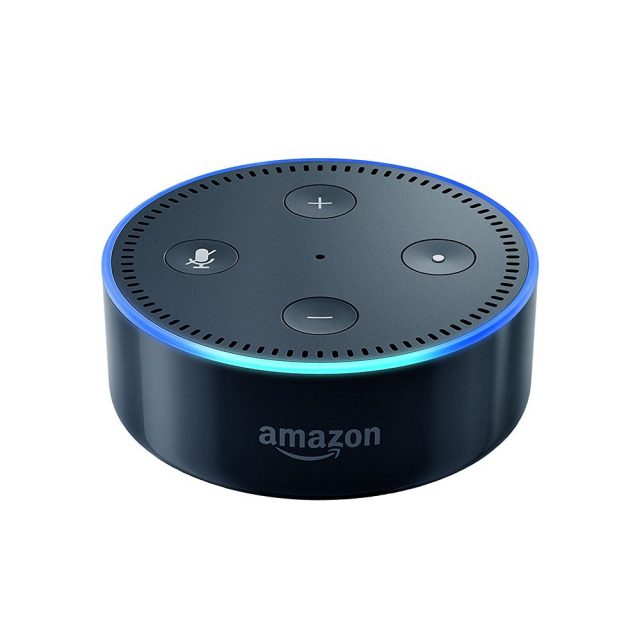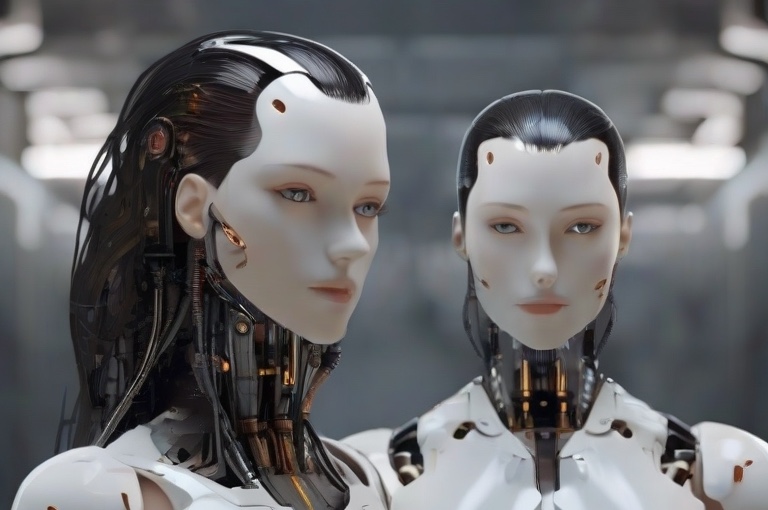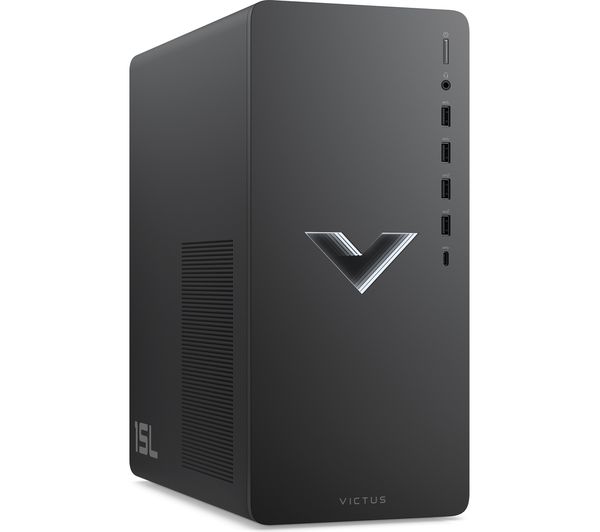If you searched for artificial intelligence (AI) in real-world applications a few years ago, most of the things you’d find would have been enterprise-grade implementations and corporate solutions. Today, however, AI is everywhere. You can even find AI in your phone, in the form of Siri or Google Assistant, and in most homes across the country.
AI has come a long way, but it still has a long way to go too. It is always interesting to see new ways of utilizing AI for improving quality of life and automating everyday tasks. In fact, you can sample some of the latest AI tech and implementations in today’s best gadgets.
Amazon Echo
Amazon may not be the leading AI company in the world, but its implementation of AI is in a class of its own. The Amazon Echo line, with access to Amazon Alexa, is well worth looking into if you are searching for the right smart home hub for your house. Alexa may not be as capable as Google Assistant when it comes to finding information, but it is more pleasant to use in everyday situations.
Alexa in the Amazon Echo Plus is a great example of how AI can improve our lives. You can ask questions and get clear answers in return. You can tell Alexa to perform certain tasks such as turning the light on or starting your coffee machine two hours before your morning alarm. These may seem like small tasks to tackle, but they are substantial in AI world.
Kuri Home Robot
The Kuri Home Robot takes it a step further by adding the shape and feel of a robot to AI implementation. Don’t get me wrong; AI isn’t always about robotics. That said, Kuri Home Robot is charming in its own way.
Its main function is security. Kuri is designed to record video and audio in certain situations, such as when you are not home, and it detects movement. Kuri can also navigate through different parts of your house and perform specific tasks. For instance, you can tell Kuri to find your dog or tell the kids to go to bed.
Kuri takes in environmental information and uses that information for different purposes, including recognizing faces and navigating around the house. It is also smart enough to know when it needs to recharge, making it (nearly) autonomous.
Self-Driving Cars
No, we don’t have self-driving, fully autonomous cars just yet, but we are very close. Experts believe that fully autonomous cars will never hit the market, but some car manufacturers and third-party companies are working towards adding automation and AI to cars as we speak.
Tesla, for example, has a rather controversial Autopilot mode that allows drivers to multitask and be more relaxed on longer journeys. If you do use the Autopilot mode in a Tesla, you will find that the system is smart enough to drive the car with minimal human input. It’s not fully autonomous just yet, but what Tesla was able to achieve in such a short amount of time is impressive.
The field of AI in the automotive industry is growing rapidly. We now have top universities like Kettering University offering online computer engineering master’s in advanced mobility. This is a direct response to growing market demand. As more AI engineers are needed, it is up to top universities to provide the right training for them.
Nest Learning Thermostat
Deep learning and machine learning sit at the heart of artificial intelligence, so it is hardly surprising to find AI-based gadgets that have the ability to learn. The Nest Learning Thermostat is one of the many great implementations of AI in home devices. It takes factors such as drafts, the time needed to heat the interior of your house, and the weather to control the interior climate.
The smart thermostat is capable of improving your energy efficiency without you manually adjusting it every now and then. The Nest will even learn about your preferences and your usage pattern, all for the purpose of offering automated interior climate control.
I particularly like the way Nest Learning Thermostat is designed. The sleek body design and the bright circular screen in the middle are amplifying the smart nature of the device. Paying attention to design is important if manufacturers and engineers want to bring more people (users) into the growing AI ecosystem.
DJI Drones
As mentioned before, AI isn’t something new on the market. For years, drones made by DJI have been using AI to stop them from falling and hitting obstacles. The main purpose of AI implementation in drones is to make them more accessible to those with minimum flying experience. No more complicated controls or theories on how to stabilize the drone when flying.
The AI in drones is also being improved incrementally. DJI now equips its drones with more sensors for better collision detection and object avoidance. The camera feed can be used to track objects and provide inputs to the brain of the drone. Even complex maneuvers can be executed perfectly in a repeatable way with AI making adjustments as needed.
DJI’s approach to the use of AI is interesting in another way. DJI uses sensors to provide inputs for the AI. This is an approach that many newer technologies now adopt, including the next gadget on our list, which is….
Netatmo
Netatmo started life as a simple security camera with smart features. It grew into an ecosystem of smart devices with artificial intelligence acting as the platform. Today, you can use multiple Netatmo devices to perform specific tasks.
The Netatmo Welcome is a good example. The security camera can identify whether it is you or other family members who enter the house. You can set up a mesh of Welcome cameras to create a comprehensive security measure for your house, complete with facial recognition and other smart features.
AI is still being implemented at a more advanced level in industries and corporate environment, but that doesn’t stop the technology from trickling down to consumer gadgets. It will be interesting to see how far AI will go in a couple of years.





















